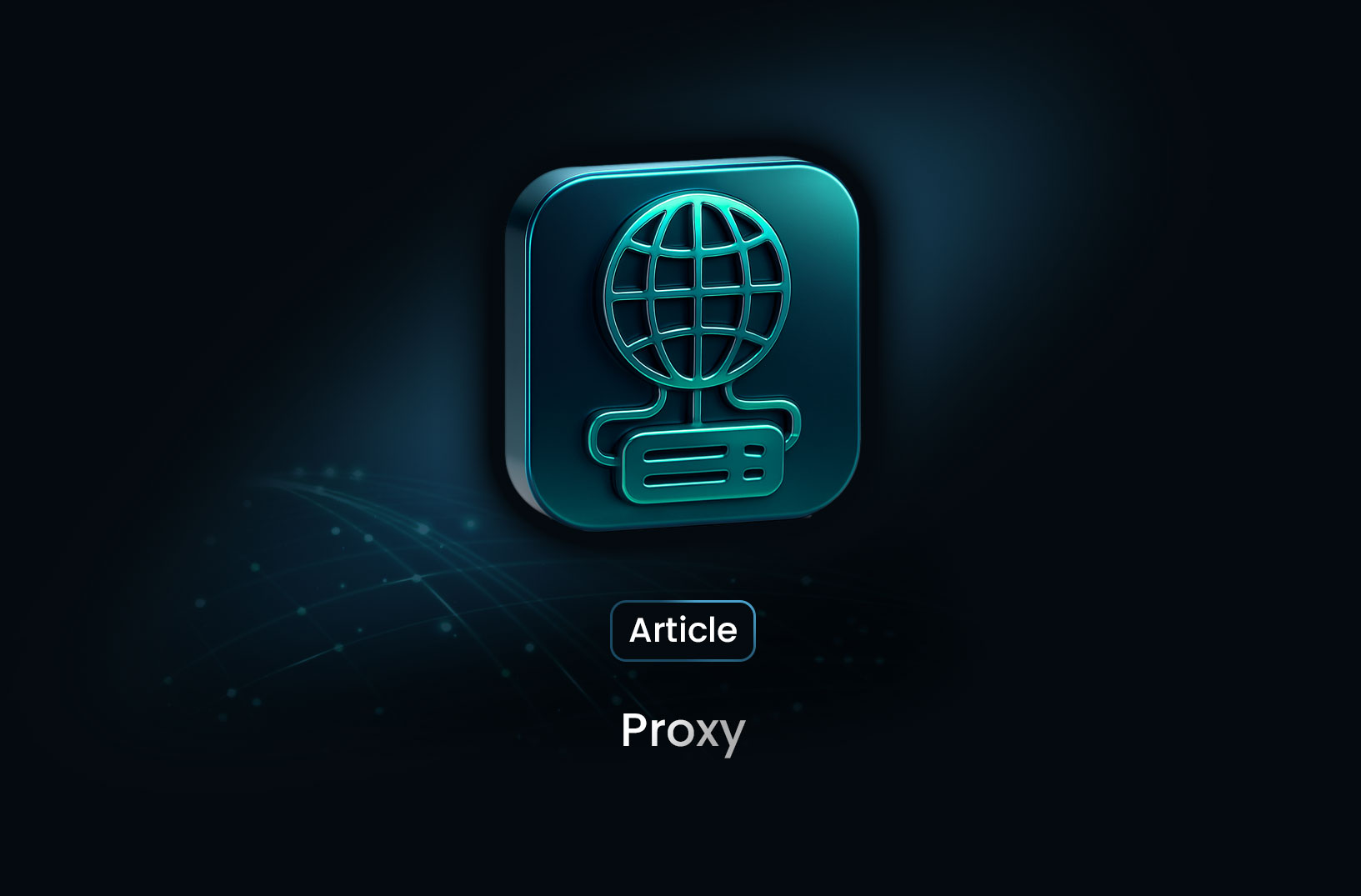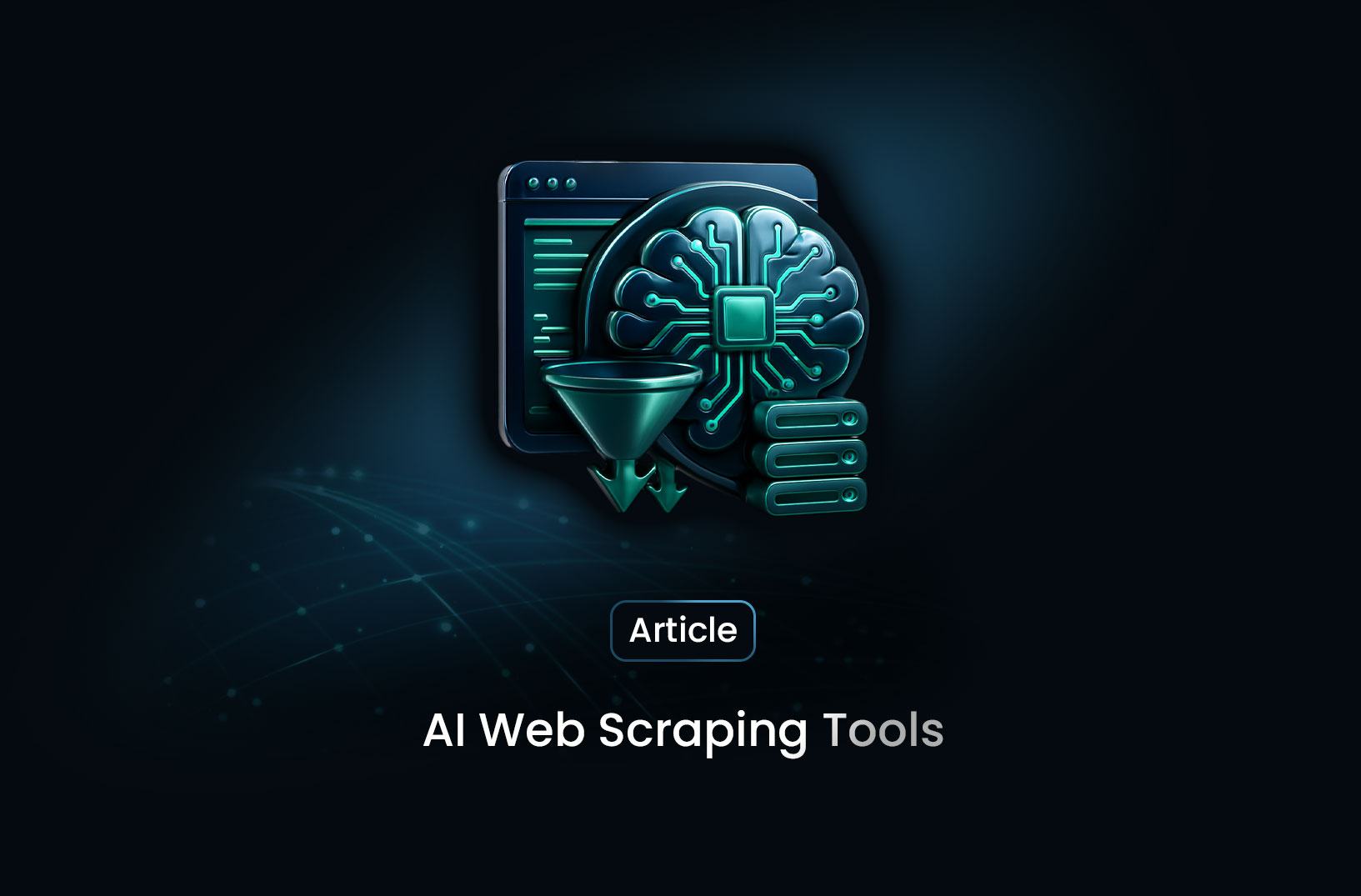
Webcrawler: How It Works and Why It Matters
ArticleA webcrawler also known as a spider, bot, or spiderbot—is an automated program that browses the web to discover and index content.
A webcrawler—also known as a spider, bot, or spiderbot—is an automated program that browses the web to discover and index content. It’s the essential tool behind search engines like Google, Bing, and DuckDuckGo.
What Is a Webcrawler?
- A webcrawler scans web pages by visiting URLs and following links across sites.
- Typically operated by search engines to build indexes of the web.
- Can also be used by enterprises or tools for crawling internal sites, archiving, or SEO audits .
How Does a Webcrawler Work?
-
Seed URLs & Discovery Crawlers begin with a list of known URLs (“seeds”) and add new links they encounter as they process pages.
-
Content Retrieval Pages are fetched via HTTP requests, and the HTML—as well as metadata, links, images, and embedded content—is extracted .
-
Indexing Retrieved content is stored in a searchable index, used later by search engines or applications.
-
Crawling Policies Crawlers follow rules like robots.txt restrictions, revisit schedules, politeness (rate limiting), and prioritization based on link popularity or freshness.
Why Webcrawlers Matter
-
Search Engine Functionality Without crawlers, search engines cannot discover or index sites for users.
-
SEO and Site Maintenance Crawlers help identify issues like broken links, missing metadata, poor structure, or slow loading pages.
-
Data Gathering & Archiving Crawler tools support price monitoring, content archiving (e.g., Wayback Machine), data analytics, and research.
Webcrawler vs. Web Scraper
| Feature | Webcrawler | Web Scraper |
|---|---|---|
| Purpose | Discover and index web pages | Extract specific data from targeted pages |
| Scope | Broad, site-wide scanning | Narrow, focused on chosen fields |
| Use cases | SEO indexing, site maps, archives | Price tracking, data extraction, research |
| Output | Indexes and metadata | Structured data (CSV, JSON, databases) |
Best Practices for Webcrawling
- Respect
robots.txtto avoid crawling disallowed paths. - Implement politeness policies (rate limits, distributed crawling) to prevent server overload.
- Use URL normalization to avoid duplicates from similar links.
- Balance breadth vs. priority—crawl popular or frequently changed pages more often.
- Monitor performance and errors (e.g., broken links, timeouts) to tune your crawler.
Conclusion: Webcrawlers—Silent Architects of the Web
Webcrawlers are the silent engines that organize and make sense of the web. Whether building search indices, performing SEO audits, or collecting large datasets, understanding how crawlers operate is key.
At MrScraper, we offer tools that respect crawling best practices—handling robots.txt, rotating IPs, auto-retries, parallelization, and more—so you can crawl smarter and more ethically. Use MrScraper to scale your crawling needs efficiently and responsibly.
Let me know if you'd like visuals, code examples, or a deep-dive into crawler architectures!
Find more insights here

Proxy 101: What Is a Proxy and Why It Matters for Web Scraping
Learn what a proxy is, how it works, the different types of proxies, and why proxies are essential f...

LunaProxy vs PYPROXY — Which Proxy Service Fits Your Needs in 2025?
Compare LunaProxy and PYPROXY in 2025 to find out which proxy service fits your scraping, automation...

7 Most Effective AI Web Scraping Tools for Automated Data Extraction in 2025
A look at 7 AI web scraping tools that stand out in 2025—what they offer, how they work, and why MrS...
